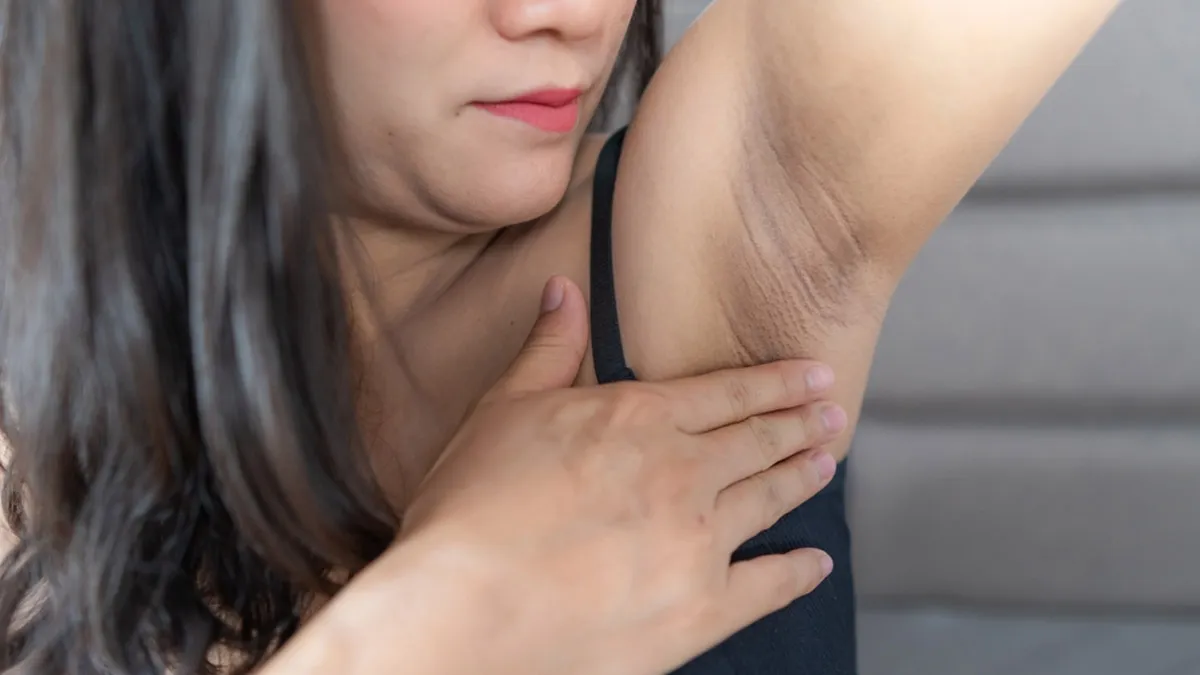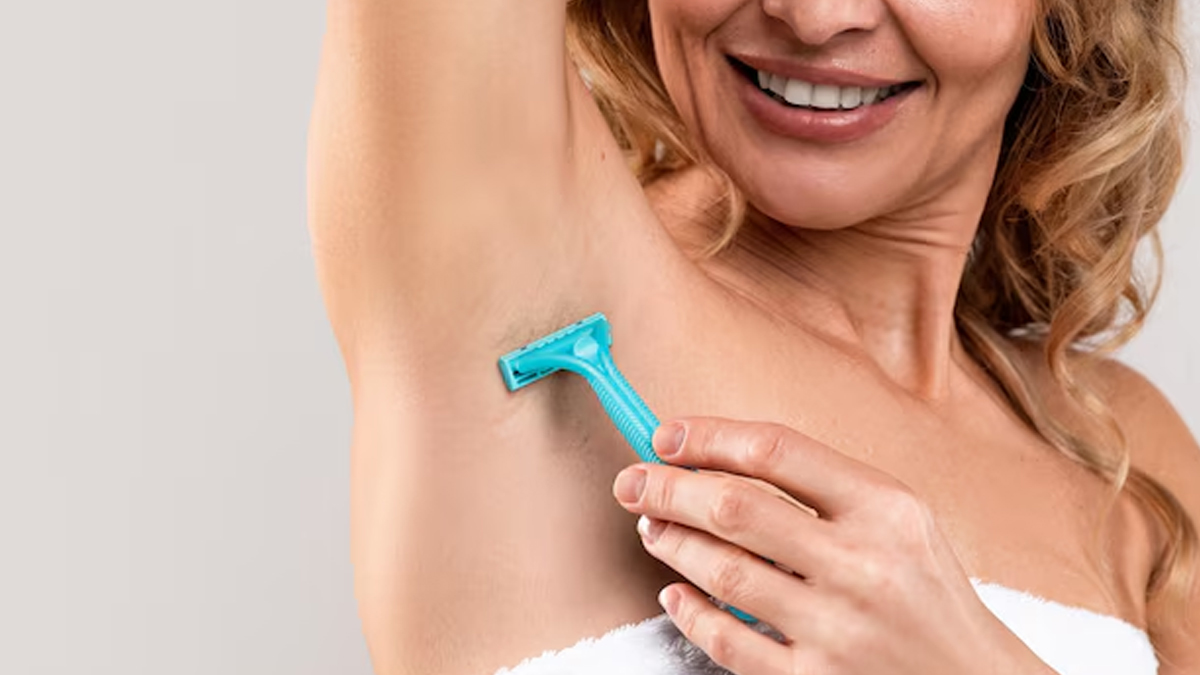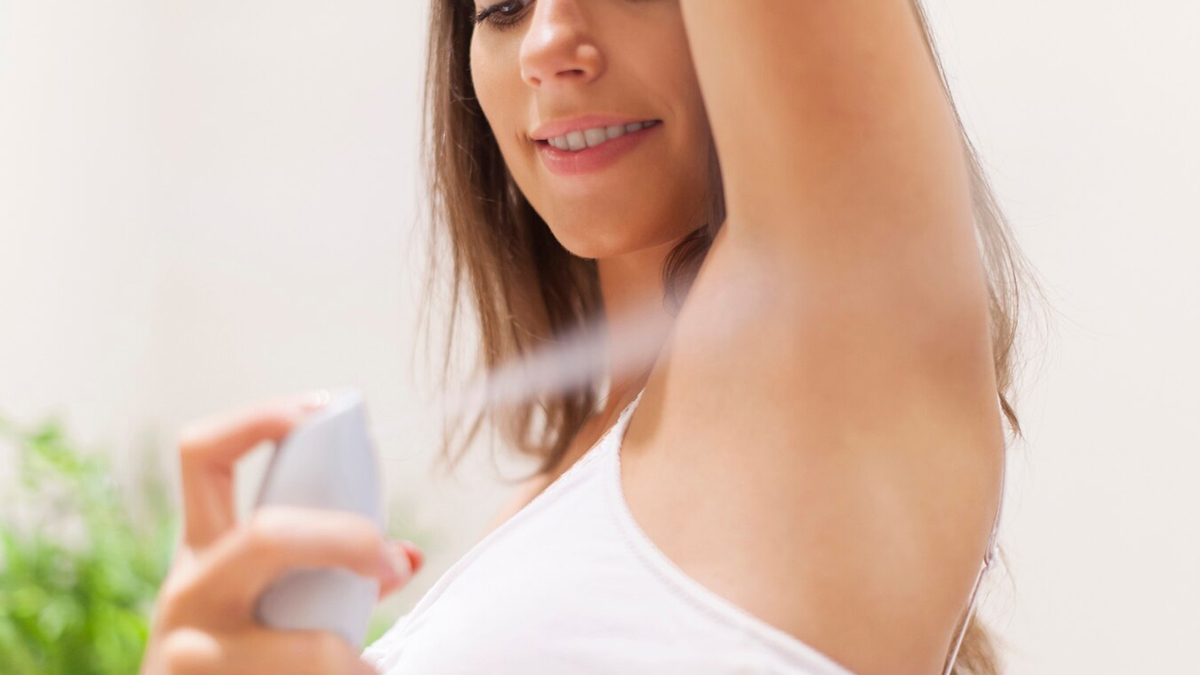
Have you ever felt awkward lifting your arms because your underarms looked darker than the rest of your skin? Underarm darkening is common, however, most of us brush it off or try to hide it. The truth is, it is not always about skin type or hormones, sometimes, it is the little things we do every day that make it worse without us realising.
Table of Content:-
Lifestyle Habits Leading To Underarm Darkening
1. Shaving Too Often (And Too Roughly)

That old reliable razor that you own may be one of the biggest culprits. Shaving doesn’t just cut hair; it can also cause micro-abrasions on the skin. Over time, these small wounds result in inflammation and chronic inflammation that can stimulate melanin production, resulting in hyperpigmentation.
What you can do
Experiment with gentler hair removal techniques, such as waxing, epilating, or laser (if financially possible). If shaving is your preferred choice, always shave with a clean razor and shaving cream or gel to reduce friction.
2. Friction From Tight Clothing
If your wardrobe staple is always tight-fitting tops or synthetic fabrics, your underarms may be suffering. Repeated friction of clothes, particularly during hot summer months, darkens the skin over time.
What you can do
Choose airy fabrics, such as cotton and don't wear things that are too tight around the arms. Allowing your underarms some breathing space can minimise darkening due to friction.
3. Using Deodorants With Harsh Ingredients

Harsh deodorants and antiperspirants sometimes irritate the sensitive underarm skin. Alcohol, parabens, perfumes, and aluminium compounds can cause sensitivity, particularly if applied daily.
What you can do
Look for deodorants labelled 'fragrance-free,' 'alcohol-free,' or 'for sensitive skin.' Natural deodorants with soothing ingredients like aloe vera, witch hazel, or coconut oil can be a gentler alternative.
4. Skipping Exfoliation Altogether
Just like your face, your underarms also shed dead skin cells. When that residue isn't cleared out from time to time, it will make the area appear patchy, dull, or darker than the rest of your complexion.
What you can do
Gently exfoliate once or twice a week using a mild scrub or a homemade mix, such as sugar and coconut oil. Avoid anything too abrasive as this is not the place for harsh loofahs or gritty scrubs.
5. Ignoring Underlying Medical Conditions
Health conditions, such as acanthosis nigricans (a common condition in people with insulin resistance, obesity, or PCOS) can cause thick, velvety dark spots in areas, such as the underarms, neck, or groin.
What you can do
If you notice sudden or severe darkening, especially with texture changes, consult a dermatologist. Addressing the underlying cause, such as blood sugar imbalances may make the skin revert to normal over time.
6. Using Bleaching Products Without Guidance
Over-the-counter bleaching creams and DIY hacks may promise fast results but carry the risk of irritation, burning, or rebound pigmentation (when the skin gets even darker).
What you can do
Always patch-test new products and avoid using strong chemicals without medical supervision. Natural brighteners, such as liquorice extract, niacinamide, or vitamin C serums can help, just be consistent and patient.
7. Neglecting Post-Workout Hygiene
Sweat and bacteria result in irritation. And if you find yourself hanging around in your workout gear after the gym, the humid environment can exacerbate things.
What you can do
Shower soon after working out and keep the underarm area clean and dry. A soft, pH-balanced body wash can be a good addition to avoid irritation.
[Disclaimer: This article contains information for informational purposes only. Hence, we advise you to consult your professional if you are dealing with any health issue to avoid complications.]
Also watch this video
How we keep this article up to date:
We work with experts and keep a close eye on the latest in health and wellness. Whenever there is a new research or helpful information, we update our articles with accurate and useful advice.
Current Version
